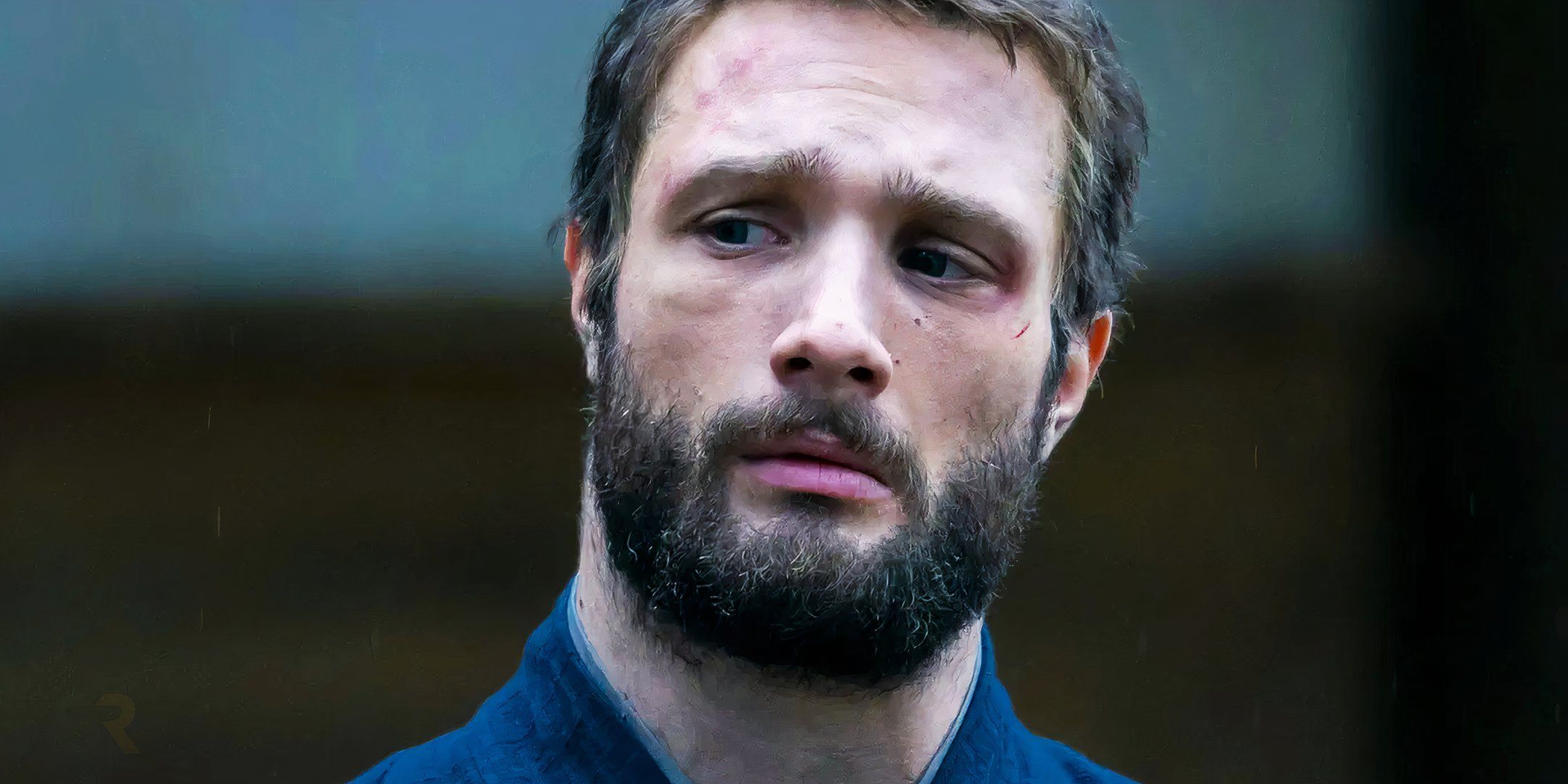
Although the 2024 adaptation of “Shōgun” may boast more extravagant production values and win prestigious awards like the Primetime Emmy, the original 1980 miniseries remains a groundbreaking work that deserves equal recognition. Based on James Clavell’s popular novel, both versions follow the tale of English navigator John Blackthorne, who finds himself ensnared in Japan’s political upheaval. While the 2024 “Shōgun” has earned praise for its intricate storytelling and accurate portrayal of Japan, it’s important to remember that this epic story made a significant impact on television long before its recent revival. NBC’s 1980 adaptation of “Shōgun” was a cultural turning point, reshaping the boundaries of what television could achieve, even if contemporary viewers may not always recall its existence.
Instead of writing off the 1980 adaptation of “Shōgun” as an artifact from the past, let’s reconsider its influence. This isn’t about sentimental bias – the original miniseries still holds up today. In fact, it paved the way for several aspects that modern prestige dramas now consider standard. Although FX’s “Shōgun” has elevated historical storytelling on TV, NBC laid the groundwork for this evolution. Upon rewatching the 1980 version of “Shōgun”, you’ll notice that the essence of Clavell’s work has always had the ability to captivate, even before the streaming era began.
NBC’s 1980 Shōgun Miniseries Is Just As Good As The FX Show
The Original Miniseries Holds Despite Being Over Four Decades Old
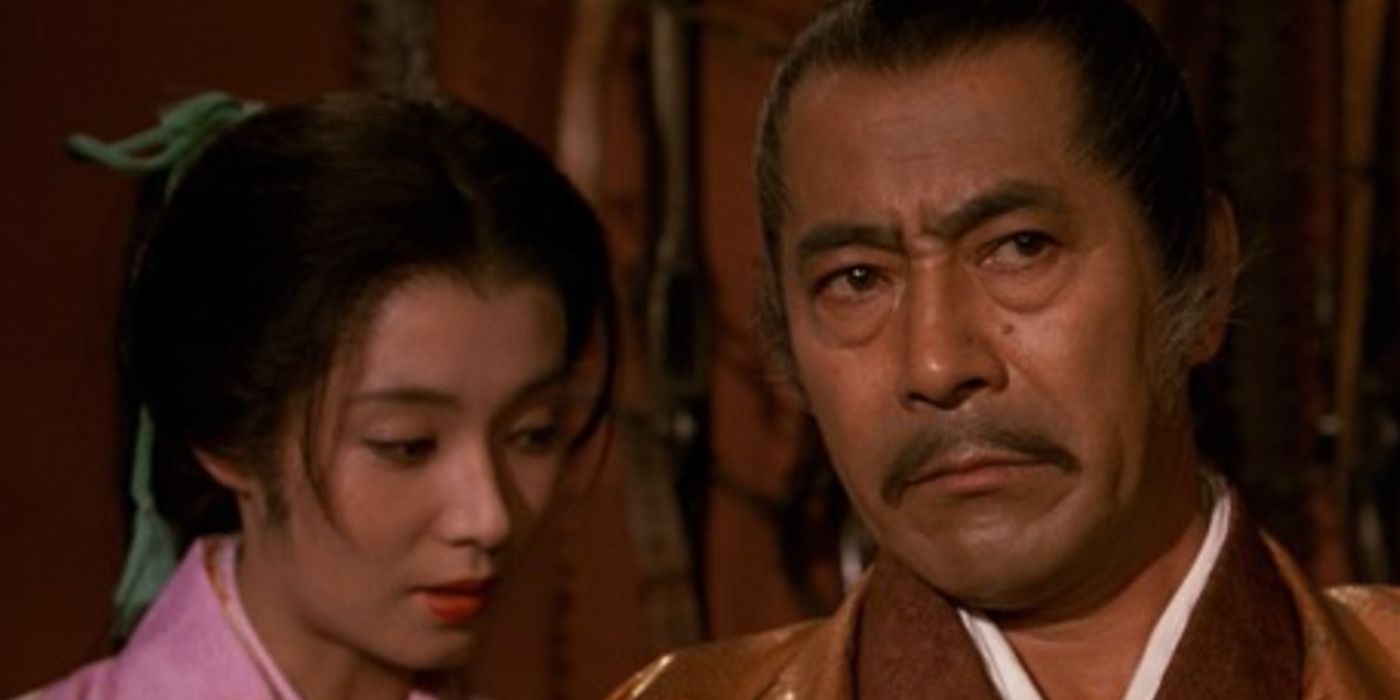
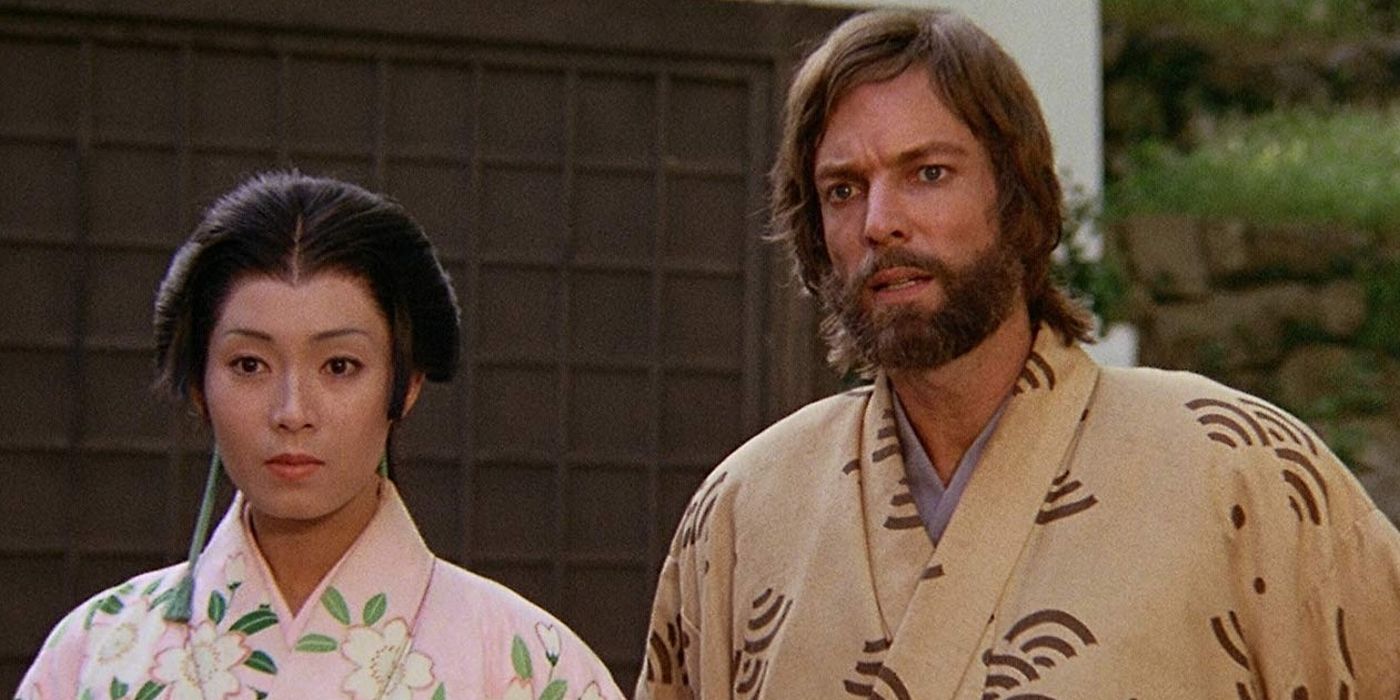
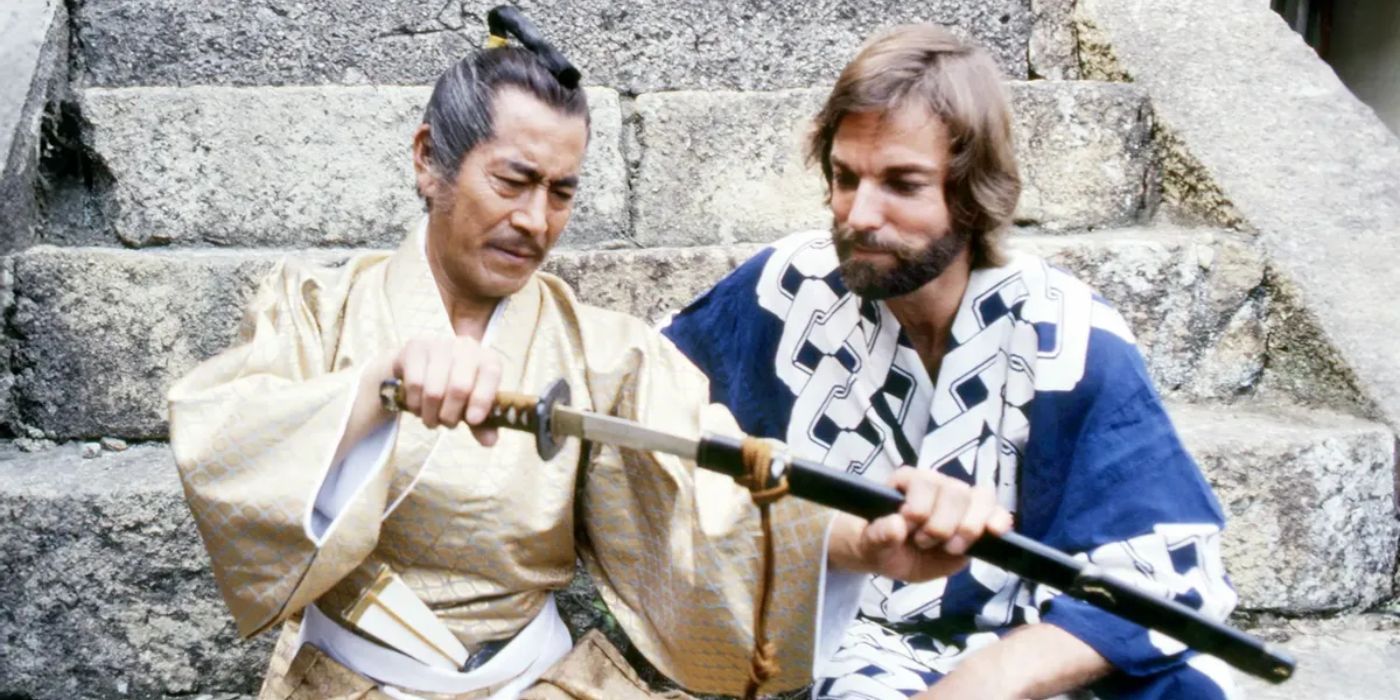
NBC’s 1980 adaptation of Shōgun deserves close examination not just because it has the same originating material as the 2024 series, but rather because it’s a truly exceptional production, even by the standards of its era. Richard Chamberlain portrays John Blackthorne and Toshiro Mifune plays Lord Toranaga in this stellar cast. Their performances were particularly noteworthy, contributing significantly to the acceptance and development of the miniseries genre on American TV. Chamberlain’s performance as Blackthorne is weighted with gravitas and internal turmoil, but it’s Mifune’s strong presence that forms the core of the narrative. Despite lacking contemporary visual effects, their performances retain a powerful impact and emotional depth that continues to resonate today.
In terms of storytelling, the 1980 adaptation of “Shogun” closely follows Clavell’s intricate novel. It doesn’t avoid the complex cultural aspects, religious disagreements, and political machinations that form the core of the original work. The series mainly focuses on Blackthorne’s perspective but also tries to express the Japanese viewpoint through character interactions and philosophical discussions, although it may not reach the same depth as the 2024 FX adaptation of “Shogun”.
In 1980, when it came to NBC’s production of “Shogun,” I can say that an extraordinary amount of resources were invested, with every scene being filmed on location in Japan. This choice resulted in a captivatingly immersive world teeming with real castles, temples, and landscapes, making the narrative feel remarkably authentic compared to most shows during that time. In essence, “Shogun” felt more like a feature film than a typical network drama.
The cinematography, costumes true to the period, and grandiose sets in the 1980 Shogun series were impressive even when compared to prime-time TV shows. Although the 2024 FX series has the advantage of more advanced technology and a deeper understanding of our current culture, the 1980 version of Shogun deserves recognition for its artistic merit, its boldness, and the impact it left on television history.
How 1980 Shōgun Changed Television And Is Still Worth Watching
NBC’s Groundbreaking Adaptation Proved Tv Could Be Cinematic Long Before Prestige Drama Became The Norm
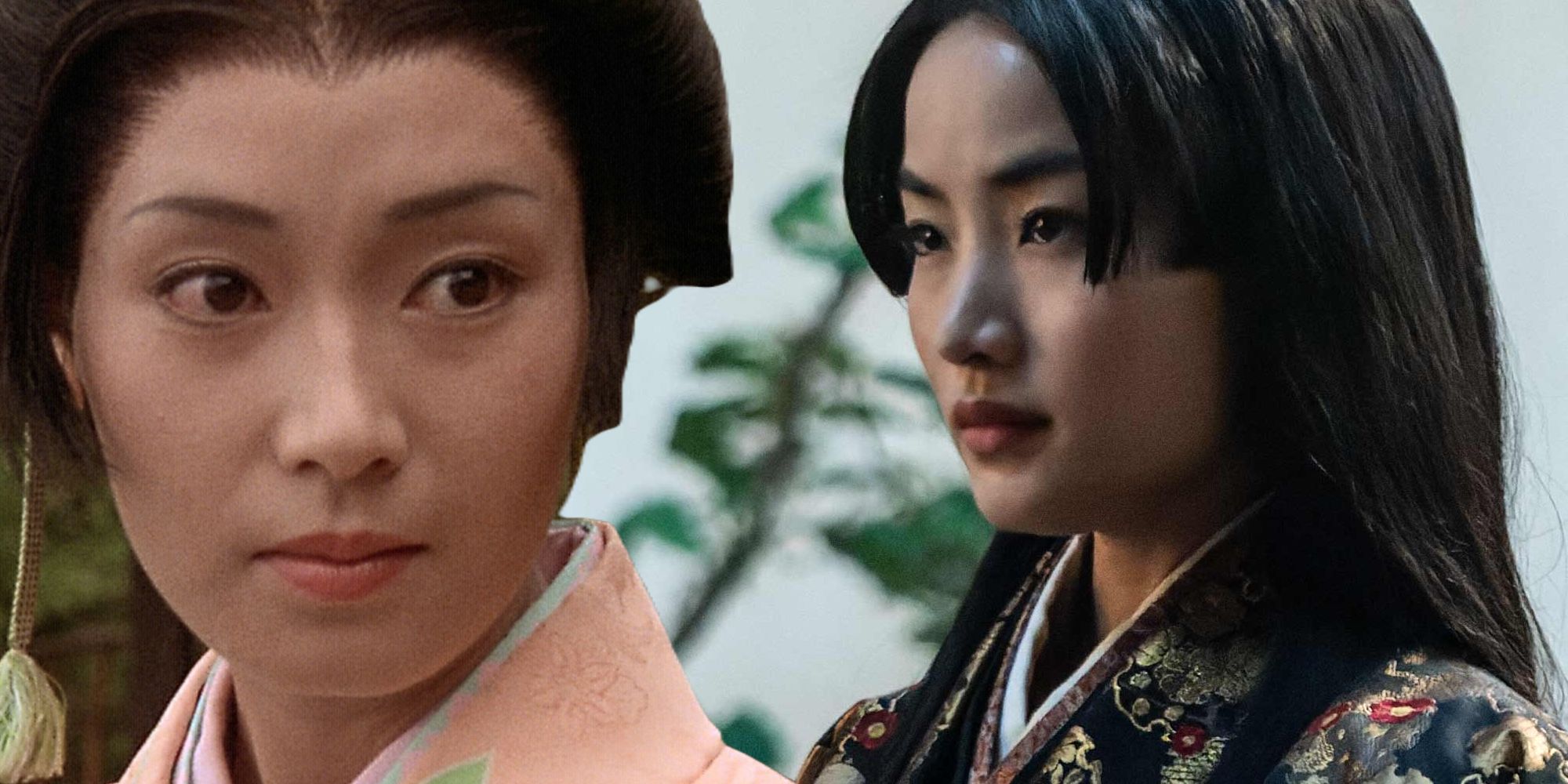
Way back before “Game of Thrones” and “The Crown” became household names for their high-budget narratives, NBC’s 1980 adaptation of “Shogun” demonstrated that television could present grand cinematic experiences and intricate storytelling on a broad scale. This miniseries was broadcast over five consecutive nights, attracting an average of 26 million viewers per episode, a remarkable figure by any measure which, at the time, meant one in every three TV sets in America were tuned in (via The Hollywood Reporter). It wasn’t just a ratings powerhouse; it was a cultural phenomenon. From water cooler discussions to Emmy nominations, “Shogun” ruled the pop culture scene in a way few shows had previously.
The 1980 adaptation of Shōgun established a pattern for grand television productions in the future by demonstrating to networks that viewers would engage with intricate, extended stories as long as the storytelling, performances, and production quality matched cinematic levels. Essentially, Shōgun opened the door for the surge of prestige TV we see today, shortening the path to series like Rome, Marco Polo, and FX’s 2024 revival of Shōgun. Without this groundbreaking miniseries, the journey to large-scale historical epics might have taken a lot more time.
In contrast to most American TV shows of its era, which were heavily influenced by Western narratives and English-speaking casts, the original Shōgun boldly delved into Japanese customs, politics, and philosophy. Although the 1980 adaptation sometimes viewed this through a colonial lens, it still showcased an aspiration to portray another culture authentically – a trait uncommon in American prime-time television during that period.
Remarkably, the 1980 adaptation of “Shōgun” retains its appeal quite impressively for contemporary viewers. Although its tempo might seem leisurely by today’s standards, the intrigue, suspense, and acting are still captivating. Watching it now feels like discovering the blueprint for modern TV epics. If you’re already a fan of the 2024 version, it’s definitely worth revisiting the original to appreciate how it paved the way for all that followed.
FX’s Shōgun Made All The Right Changes To The Classic Miniseries
The 2024 Adaptation Modernizes The Story With Deeper Character Perspectives, Cultural Authenticity, And Narrative Balance
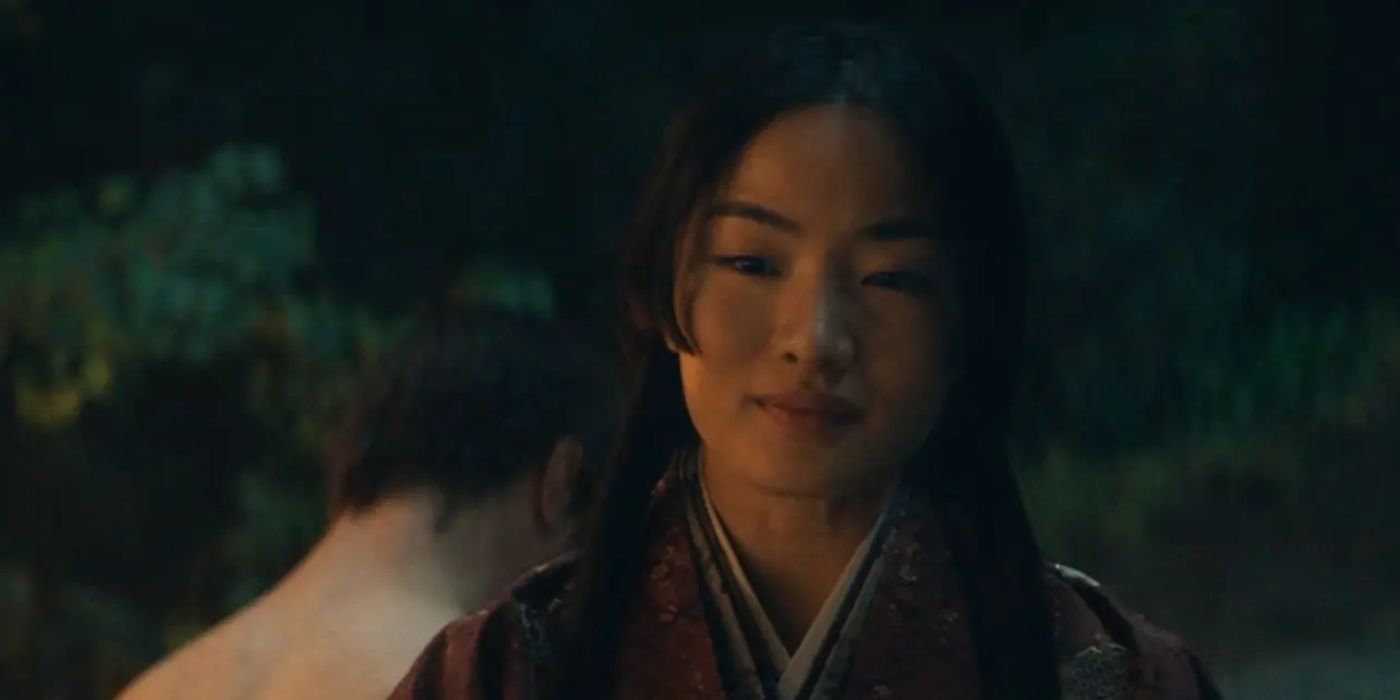
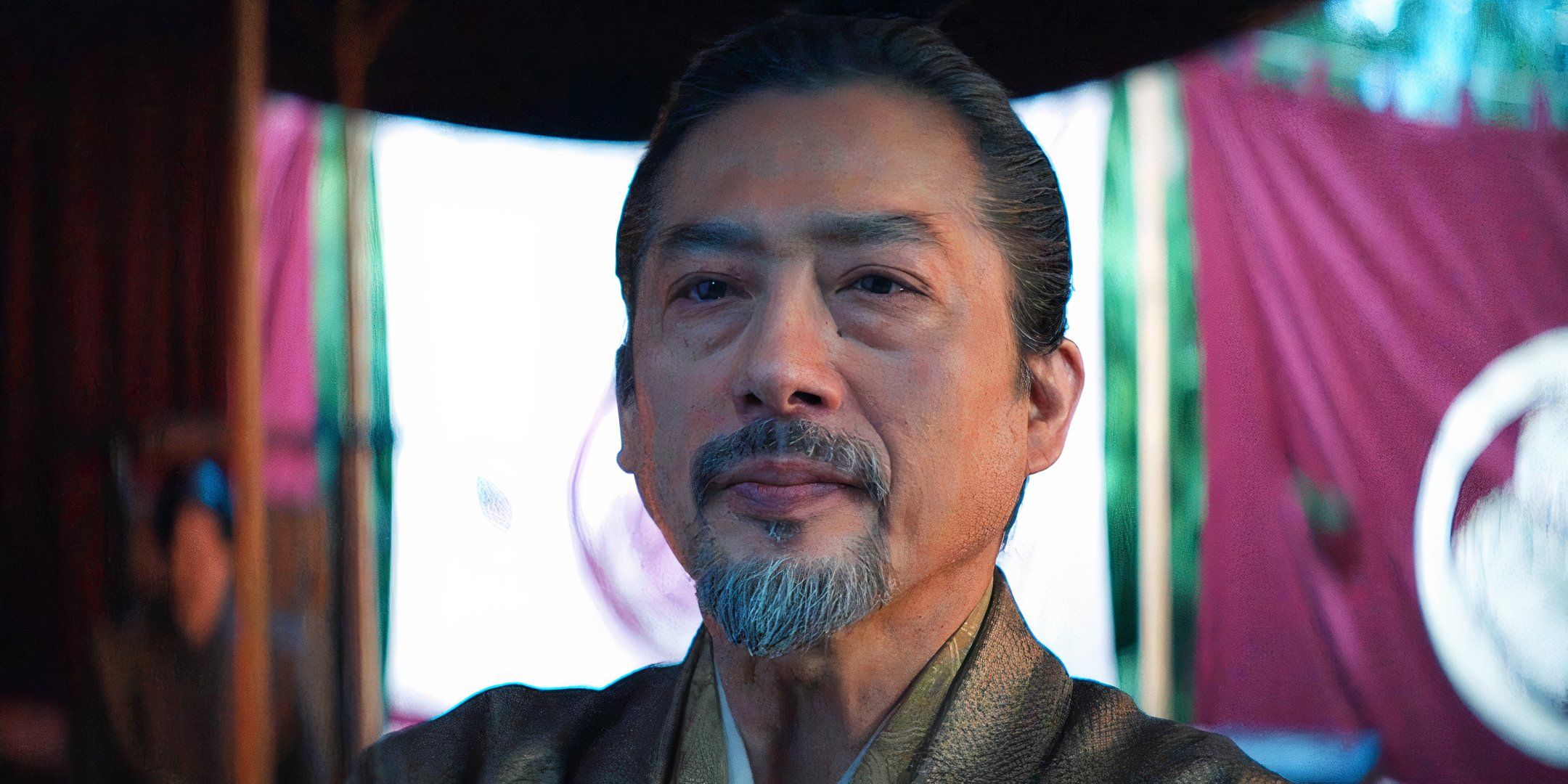
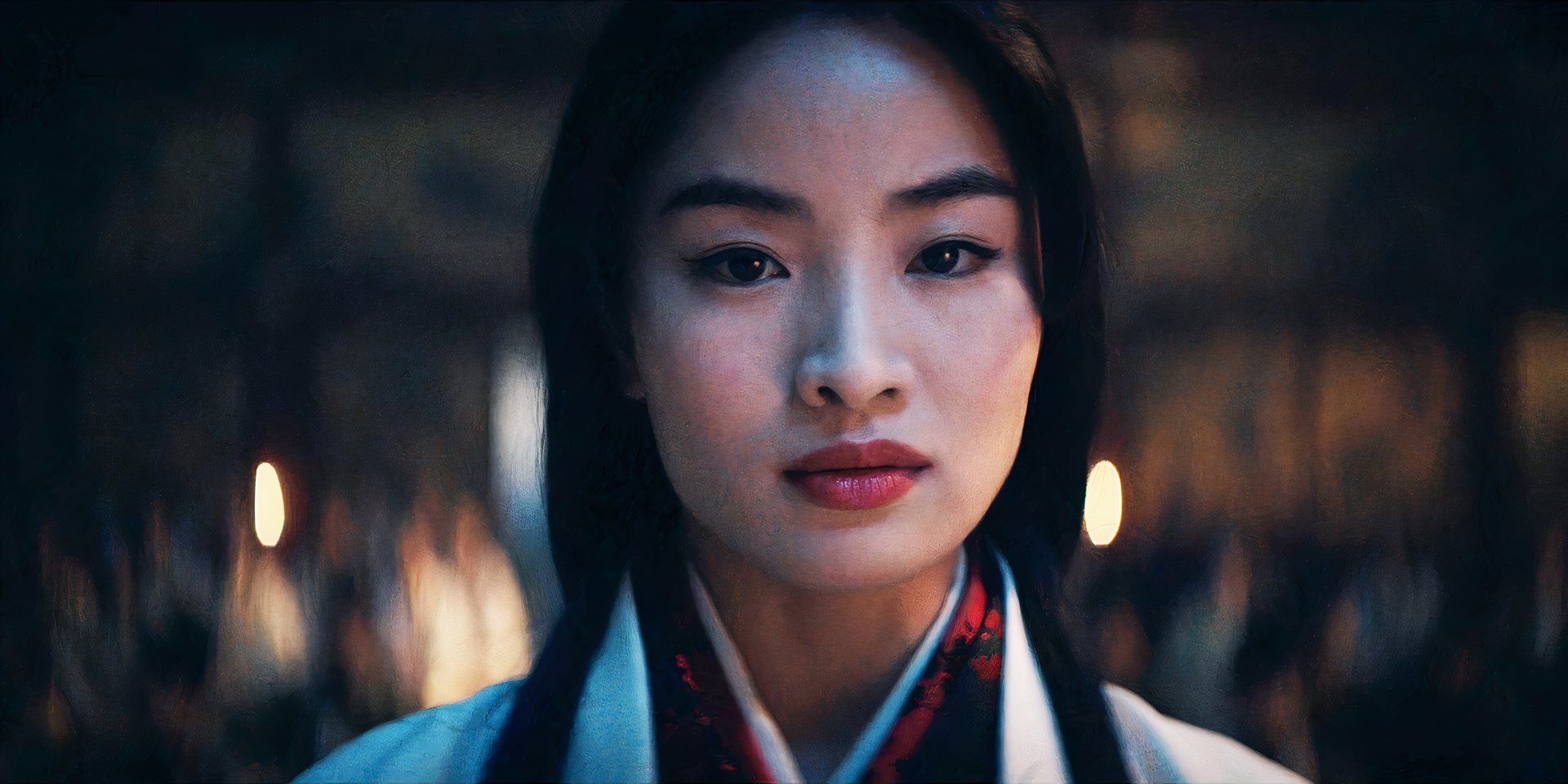
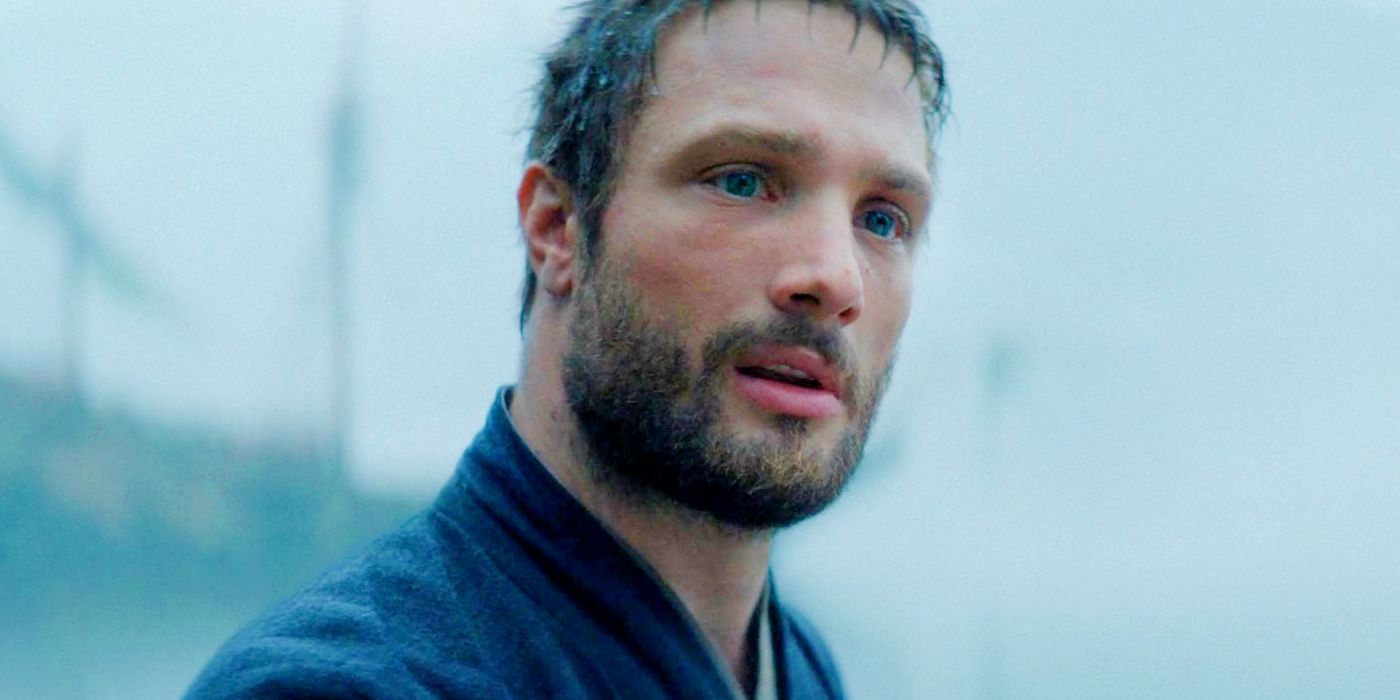
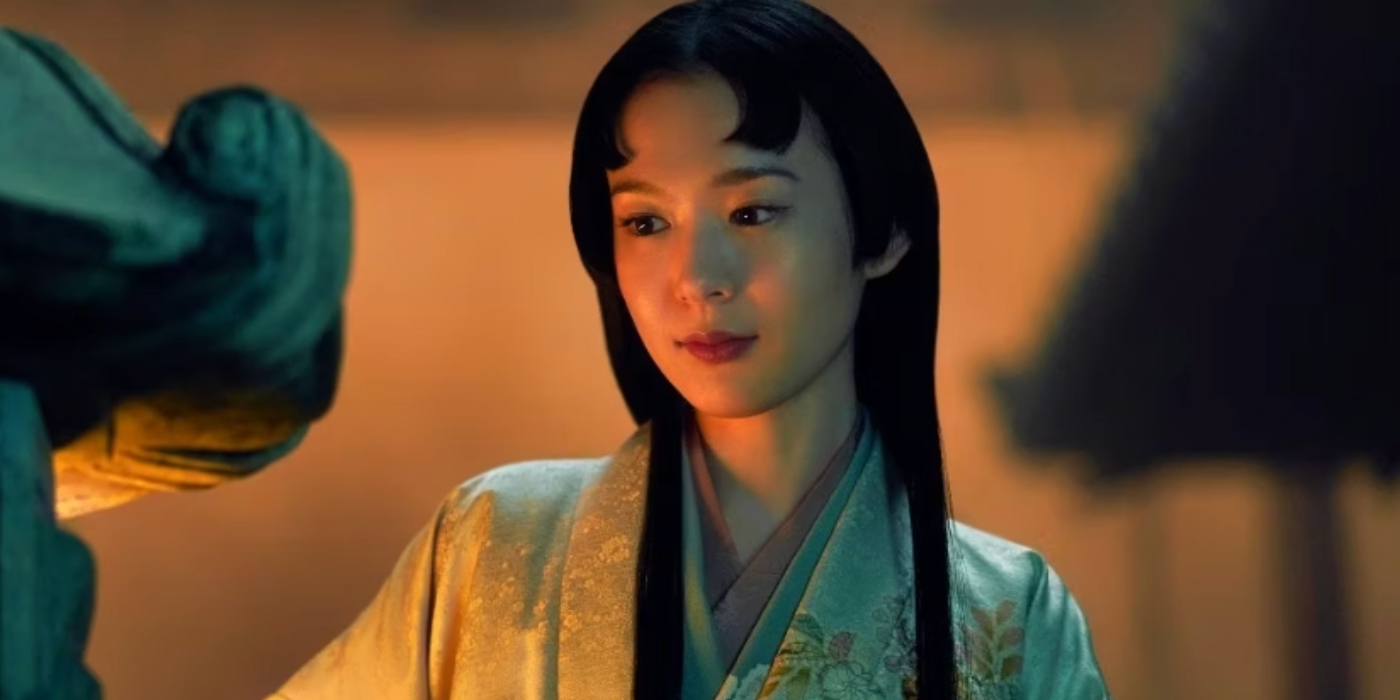
In contrast to the 1980 version of Shōgun, which is indisputably a television milestone, the 2024 adaptation on FX takes the narrative to new heights in numerous advantageous ways. The most prominent modification lies in perspective. Rather than centering almost entirely on John Blackthorne, this updated Shōgun restructures the storyline to highlight Lord Toranaga and the Japanese figures surrounding him. This alteration not only enhances the narrative balance but also introduces complexity and richness to the cultural and political struggles at the tale’s core.
2024’s adaptation of Shogun provides a more immersive experience by incorporating spoken Japanese dialogues for its characters, unlike the 1980 version which either minimized or directly translated the language for viewers. This approach allows the original language to retain its rhythm and emotional depth, inviting viewers to connect with the story not only through an English perspective but also through that of the native Japanese characters.
A significant enhancement in the 2024 version of Shogun lies in its decision to give more prominence to characters within the narrative. Characters such as Mariko and Toranagu, previously obscure figures viewed through Blackthorne’s lens, now emerge as fully-fledged protagonists with their own arcs, emotional depth, and agency. Among these, Anna Sawai’s portrayal of Mariko stands out, shifting her role from a secondary character to one of the series’ emotional cornerstones. This transformation addresses a major weakness of the original miniseries: its tendency to prioritize Blackthorne’s journey over those of non-Western characters.
Furthermore, the modern interpretation of “Shogun” skillfully incorporates innovative narrative methods such as non-chronological sequences, contemplative flashbacks, and morally nuanced character progressions. These techniques lend depth and complexity to the story. Compared to the 1980 adaptation of “Shogun”, which was revolutionary for its time, it sometimes reveals signs of aging in terms of pacing, framing, and cultural sensitivity. However, the 2024 adaptation does not disregard its predecessor’s impact – instead, it respectfully builds upon it while catering to today’s audience’s demand for authentic, inclusive, and thought-provoking storytelling.
Read More
- Clash Royale Best Boss Bandit Champion decks
- Clash Royale December 2025: Events, Challenges, Tournaments, and Rewards
- Clash Royale Furnace Evolution best decks guide
- December 18 Will Be A Devastating Day For Stephen Amell Arrow Fans
- Clash Royale Witch Evolution best decks guide
- Mobile Legends X SpongeBob Collab Skins: All MLBB skins, prices and availability
- All Soulframe Founder tiers and rewards
- Now That The Bear Season 4 Is Out, I’m Flashing Back To Sitcom Icons David Alan Grier And Wendi McLendon-Covey Debating Whether It’s Really A Comedy
- Mobile Legends November 2025 Leaks: Upcoming new heroes, skins, events and more
- Mobile Legends December 2025 Leaks: Upcoming new skins, heroes, events and more
2025-05-20 01:29